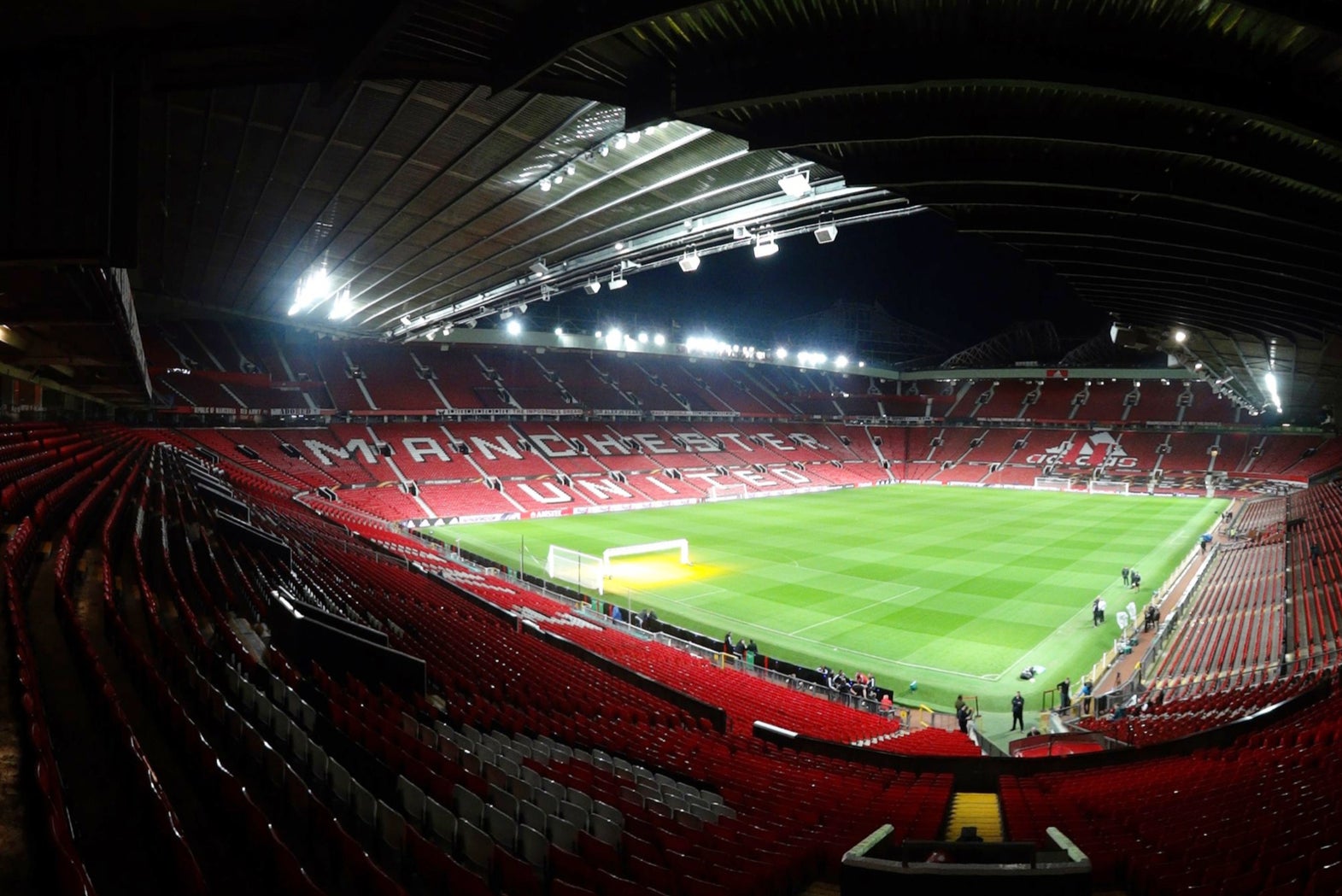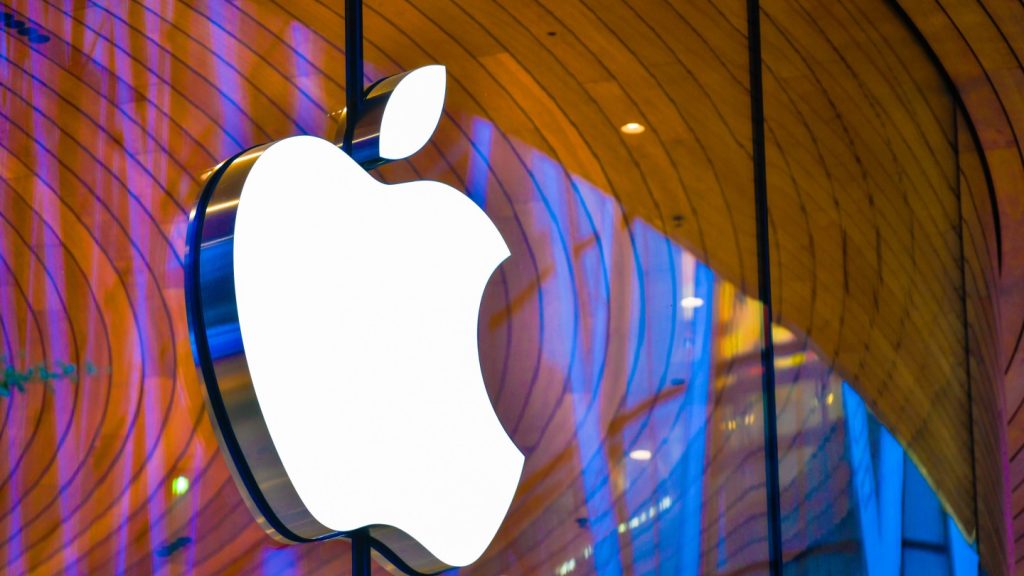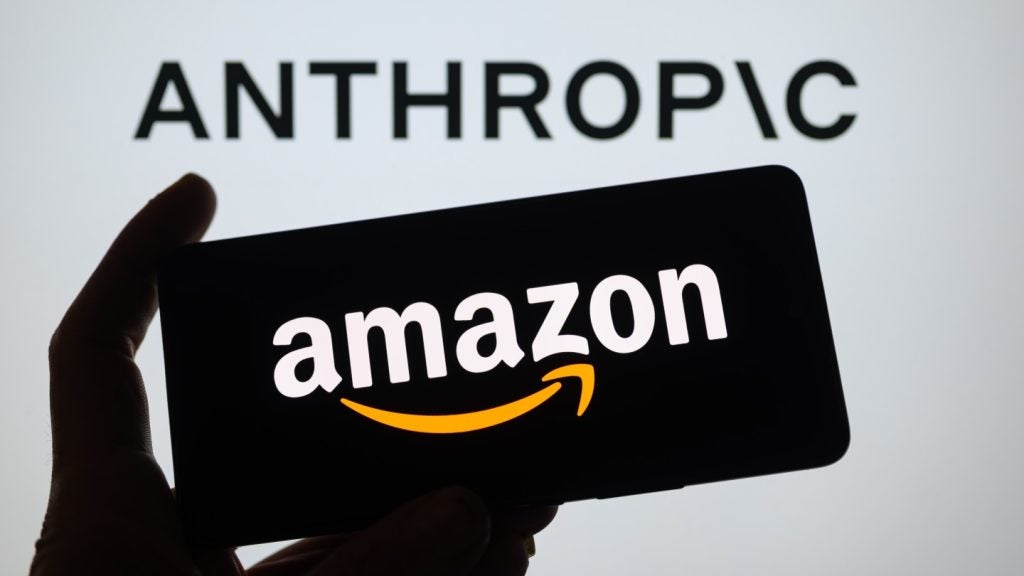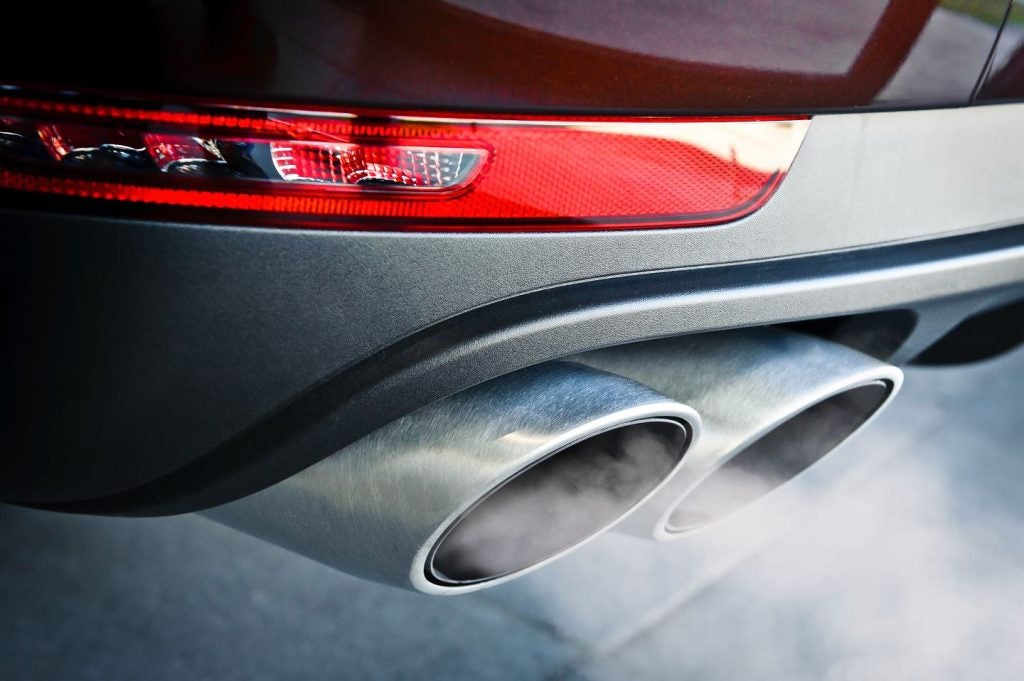
In the internet age, sponsoring a sports organisation equates to much more than having your logo in front of television viewers for 90 minutes a week. It also provides access to the social media channels of these clubs and their players, and the hundreds of millions of fans that follow them.
Of the top 50 most followed accounts on Instagram, 15% are current or ex-professional footballers. Likewise, of the top most liked Facebook fan pages, 25% belong to football clubs or professional footballers.
“Brands could save significant sums of money if they can negotiate access to clubs and players’ social media platforms which are some of the most followed in the world,” Michael Weaver, Managing Director and Head of UK Valuation Advisory at financial consultancy firm Duff & Phelps, believes. “Not only would a brand have direct access to millions of potential consumers, but they could also get exposure to jurisdictions which may have previously been hard to access.”
A player like Liverpool’s Mohamed Salah can provide brands quick and easy access to the Egyptian market through his 44 million social media followers, for example.
The influencer market – targeted advertisements placed on popular social media accounts – is expected to reach $7.5bn by 2020 according to Duff & Phelps, with two thirds of marketing firms plan to increase their spend on influencer marketing over the next year.
Premier League teams are missing out on £142m in additional revenue
Sponsors are willing to pay out increasingly large sums, with Premier League teams now generating £238m from sponsorship deals per season on average. Yet, many clubs are missing an opportunity to boost that figure.
How well do you really know your competitors?
Access the most comprehensive Company Profiles on the market, powered by GlobalData. Save hours of research. Gain competitive edge.

Thank you!
Your download email will arrive shortly
Not ready to buy yet? Download a free sample
We are confident about the unique quality of our Company Profiles. However, we want you to make the most beneficial decision for your business, so we offer a free sample that you can download by submitting the below form
By GlobalDataAs revealed by Duff & Phelps in their latest Stadium Naming Rights study, Premier League clubs are missing out on potential revenue of up to $142m by failing to sell their stadium naming rights.
Currently just six Premier League teams – AFC Bournemouth, Arsenal, Brighton & Hove Albion, Huddersfield Town, Leicester City and Manchester City – have stadium sponsors. However, many of these deals are linked to the clubs’ owners or are part of their shirt sponsorship deals.
Duff & Phelps points to North America’s National Football League (NFL) as proof of the additional revenue that stadium sponsorships can generate.
Some 80% of NFL teams currently have a stadium sponsor, and teams in the league generate average revenues of £310m annually from sponsorship. That is 30% more than Premier League clubs, despite Premier League clubs boasting larger social media followings.
Will the Premier League embrace stadium naming rights sponsorship?
Football fans are often against seeing their club’s home rebranded. The decision by Newcastle United owner Mike Ashley to rebrand the club’s St James’ Park stadium as the Sports Direct Arena after 119 years in 2011 was met with backlash by fans, for example.
However, according to Weaver, having exhausted other sponsorship opportunities, football clubs can only ignore the potential of stadium naming rights for so long.
“Multimillion-pound Premier League shirt sponsorships have been signed, multimillion-pound sleeve sponsorships are being signed, and it is only a matter of time until multimillion-pound stadium sponsorship follows,” Weaver believes.
What is it worth to Premier League clubs?
While broadcasting rights in the Premier League are kept balanced with each of the 20 clubs receiving an equal share, sponsorship deals allow the league’s biggest clubs to get ahead of their competition.
The £47m that Manchester United receives annually from shirt sponsor Chevrolet is 31 times that received by Brighton & Hove Albion from their sponsor American Express.
Unsurprisingly, the league’s top six clubs – Manchester United, Manchester City, Chelsea, Liverpool, Arsenal and Tottenham Hotspur – all earn far greater amounts than those below them. Sixth placed Tottenham brings in £35m annually from its shirt sponsor AIA, which is 3.5 times more than seventh-placed West Ham United, who receive £10m from Betway.
Using data on stadium naming rights in the NFL and the social media following of clubs, Duff & Phelps estimated the potential value of stadium naming rights for each Premier League club, and the results show a similar divide between those at the top of the table and those at the bottom.
According to Duff & Phelps, relegated clubs Cardiff City, Fulham and Huddersfield Town could each expect to receive less than £1m per season for the naming rights to their grounds – less than a month’s wages for some of the league’s biggest stars. However, the league’s big six could potentially receive eight figure sums.
That divide has continued to increase in 2019, with the big six now likely to bring in 82% of stadium naming rights revenue compared to 77% last year.
The study estimates that Manchester United’s Old Trafford home would be the most lucrative venue in the league, providing the club with £26.75m in additional revenue. Manchester United are closely followed by the their neighbours Manchester City, with Duff & Phelps estimating the value of the Etihad at £21.9m.
Tottenham Hotspurs’ newly built stadium could bring in £17.5m for the club, followed by Liverpool’s Anfield (£16.9m), Chelsea’s Stamford Bridge (£16.75m) and Arsenal’s Emirates Stadium (£16.65m).
The Premier League sponsorship table
Read more: Here East: Building a home for esports in the UK







